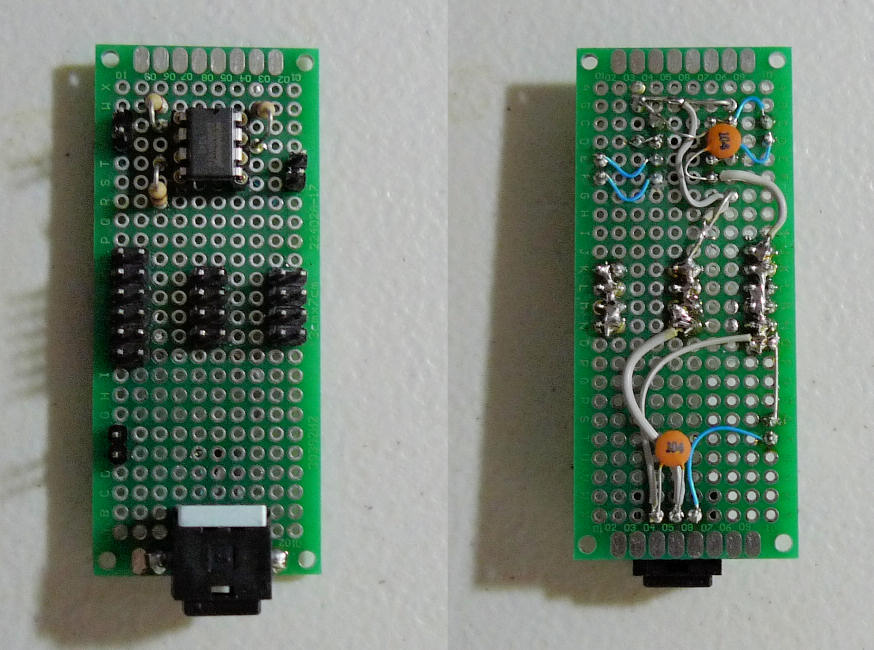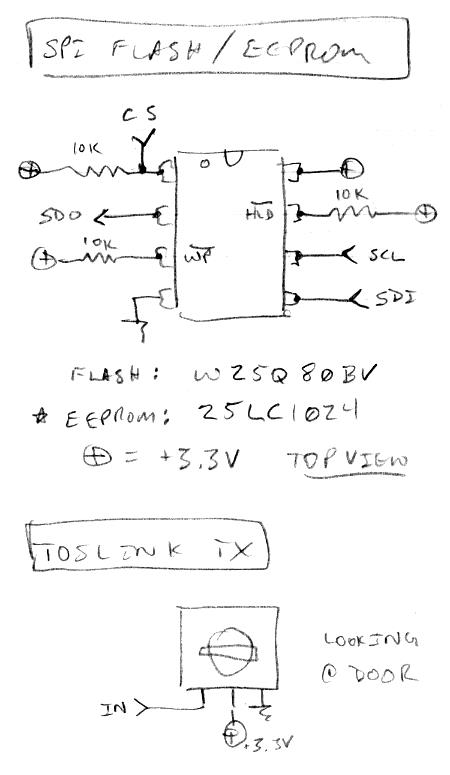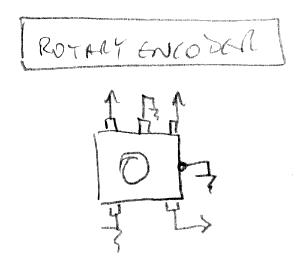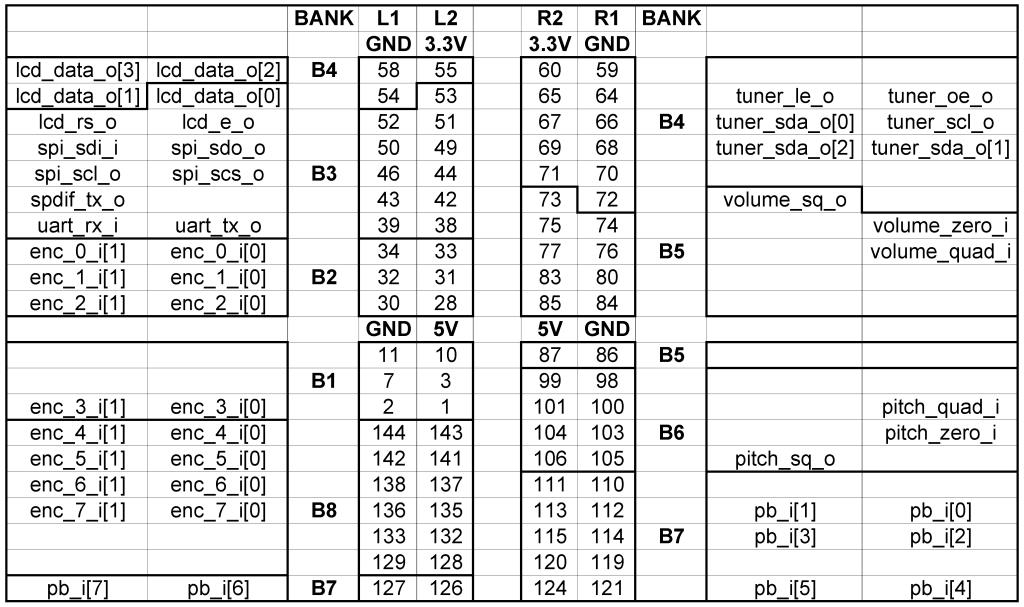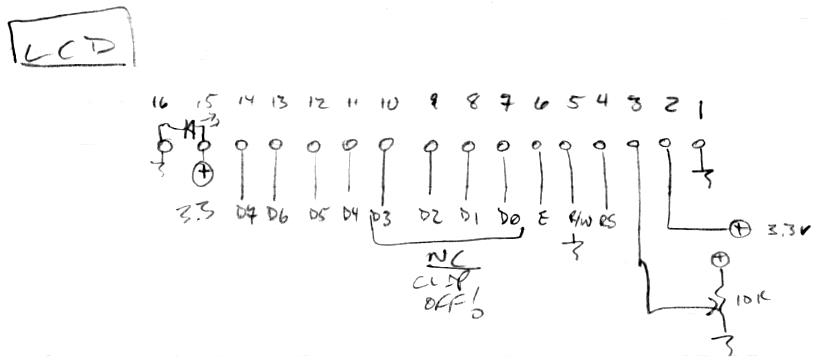I seem to remember that you told me that you had (or could easily have) an unmodulated audio signal point available for an optional pitch preview circuit. Is that correct?
With that available I would just add an analog VCA waveshaper for PP. I would prefer that this be under potentiometer control anyway, not encoders and menus. Not everyone needs pitch preview, but those that do may not even consider a theremin that doesn't have it.
I used to think that fast visual tuner would be a huge benefit for the theremin. For that reason I like to use the spiral display in SpectraTune for Windows. It was fast, and it had the easily recognizable circular scale, similar to yours except it was continuous. Don't get me wrong, I still think the visual tuner of some sort (I like a fast waterfall) is a useful feature, especially if you do not use pitch preview. But I still stick by the argument that relying on a visual feedback loop to control pitch is much, much slower than using auditory feedback (many brain cycles slower, whatever your particular brain clock speed is![]() ).
).
On top of that, if voltages were made available (or outputs for DACs) that are at least roughly proportional to pitch (doesn't need 1v/octave compatability) and volume, I would be ecstatic. The volume voltage can be conditioned to make PP volume level controllable with theremin volume (either sensing, including inverted ala Subscope), and the pitch voltage can be used to lower PP volume with increasing pitch, something I currently have to do with an external 2-pole LPF just to keep perceived PP loudness fairly constant with pitch. Having a pitch-proportional voltage available lets you control the PP VCA with any slope you want. I always have a problem with pitch preview in that you set the volume barely loud enough to be able to perceive low notes and it ends up screaming in your ear at higher pitches.
And while I'm making my Christmas Wish List, lets build in a constant-tone switchable output available for the pitch preview earpiece. Just like a chromatic guitar tuner's tone output (which is what I use now), except built right into the theremin. This is for those of us that tend to wander off scale without any accompaniment (and close our eyes while playing, so that we wouldn't see a tuner anyway..). You just play theremin with a constant pitch tone droning in your earpiece. It takes a little getting used to, but if you can sense relative pitches just fine but not absolute pitch, it acts as a constant reference. For me I find that it doesn't matter what pitch the drone note is at, as long as it is audible. It seems to make any note in the scale just light up when you play on pitch.
This is useful if you would like to record a theremin piece at your own pace and add accompaniment later. Or if you want to perform a piece without any accompaniment without wandering out of your lane and into the ditch. It's like a little tuner in your brain, if you aren't gifted with the real thing.
For a while I thought that playing with a drone tone it was just something that I fell upon, but of course I looked it up and apparently it is a thing.
Anyway, I got off on a rant there, but pitch preview - gotta have it. Or at least some unmodulated audio for DIY PP. Gotta gotta.


